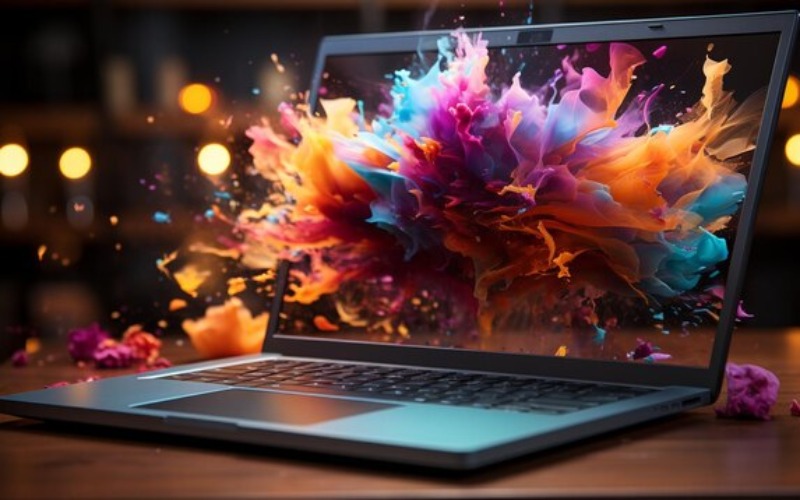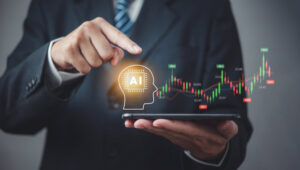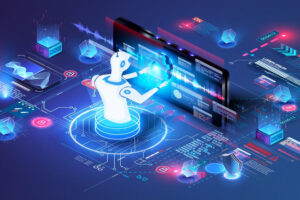In today’s fast-evolving world, the intersection of Artificial Intelligence (AI) and cultural design is creating waves of transformation. The synergy between technology and culture is not only reshaping how we perceive creativity but also redefining the essence of design itself. As digital creators, understanding the role of AI in cultural design contexts is crucial for navigating this dynamic landscape.

The Intersection of AI and Cultural Design
The fusion of AI with cultural elements is an exciting development. This collaboration brings forth innovative design solutions that resonate with diverse audiences. By integrating AI, designers can tap into a vast pool of cultural data, enabling them to create designs that are not just visually appealing but also culturally relevant.
How AI is Shaping Cultural Narratives
AI plays a pivotal role in shaping cultural narratives by analyzing and interpreting vast amounts of cultural data. This data-driven approach allows designers to craft designs that reflect and resonate with the cultural nuances of different communities, fostering a deeper connection with the audience.
AI and the Evolution of Design Practices
Traditionally, design practices were heavily reliant on human intuition and creativity. However, with the advent of AI, these practices are evolving. AI in logo animation is an excellent example of how technology is enhancing design processes, offering designers new tools and perspectives.
AI Tools for Cultural Design
The rise of AI tools has empowered designers to push the boundaries of creativity. These tools not only streamline the design process but also offer insights into cultural trends and preferences. For instance, AI plugins for graphic software have made it easier for designers to incorporate cultural elements into their work.
The Role of AI in Artistic Expression
Artistic expression is a critical component of cultural design. With AI, artists can explore new dimensions of creativity. By leveraging AI, artists can create works that are not only innovative but also deeply rooted in cultural contexts. AI for artistic expression allows artists to experiment with various styles and techniques, resulting in unique and culturally immersive artworks.
AI and the Democratization of Design
AI is democratizing design by making it accessible to a broader audience. With AI-driven design tools, even those without formal design training can create culturally relevant designs. This democratization is fostering diversity and inclusivity in the design industry, allowing for a richer exchange of cultural ideas and perspectives.
Challenges in AI-Driven Cultural Design
Despite the numerous benefits, there are challenges in integrating AI into cultural design. One of the primary challenges is ensuring that AI algorithms are free from biases that could skew cultural representation. Designers must be vigilant in training AI models with diverse and representative data sets to avoid perpetuating stereotypes.
Future Trends in AI and Cultural Design
The future of AI in cultural design is promising. As technology continues to advance, we can expect more sophisticated AI tools that offer deeper insights into cultural trends. AI processes design inputs in a way that not only enhances creativity but also fosters a deeper understanding of cultural diversity.
AI as a Collaborative Partner in Design
Rather than replacing human designers, AI acts as a collaborative partner, offering new perspectives and ideas. This partnership allows for a more holistic approach to cultural design, where human creativity and AI insights work hand in hand to create designs that are both innovative and culturally relevant.
Ethical Considerations in AI and Cultural Design
As we embrace AI in cultural design, ethical considerations must be at the forefront. Designers must ensure that AI-driven designs respect cultural heritage and promote inclusivity. Ethical AI practices are essential for fostering trust and ensuring that technology serves as a positive force in cultural design.
Educational Opportunities in AI and Cultural Design
With the growing importance of AI in cultural design, educational institutions are offering courses and programs focused on this intersection. These programs equip aspiring designers with the skills and knowledge needed to thrive in this evolving field, preparing them to harness AI’s potential in creating culturally resonant designs.
The Global Impact of AI in Cultural Design
The impact of AI in cultural design is global. By bridging cultural gaps and fostering cross-cultural understanding, AI-driven designs have the power to unite communities. This global impact is a testament to the transformative potential of AI in shaping a more connected and culturally aware world.
AI and the Future of Cultural Design
Looking ahead, the future of cultural design with AI is bright. As technology continues to evolve, designers will have even more opportunities to explore new creative possibilities. The ongoing collaboration between AI and cultural design promises to redefine creativity and cultural expression for generations to come.

FAQs
What is the role of AI in cultural design?
AI plays a significant role in cultural design by providing designers with tools and insights to create culturally relevant and innovative designs.
How does AI influence artistic expression?
AI influences artistic expression by allowing artists to experiment with different styles and techniques, resulting in unique and culturally immersive artworks.
What are the challenges of integrating AI into cultural design?
Challenges include ensuring AI algorithms are free from biases and that designs respect cultural heritage. Ethical considerations are crucial in AI-driven cultural design.
For more insights on AI in design, explore HubSpot’s take on AI in graphic design and Simplified’s approach to graphic design.







